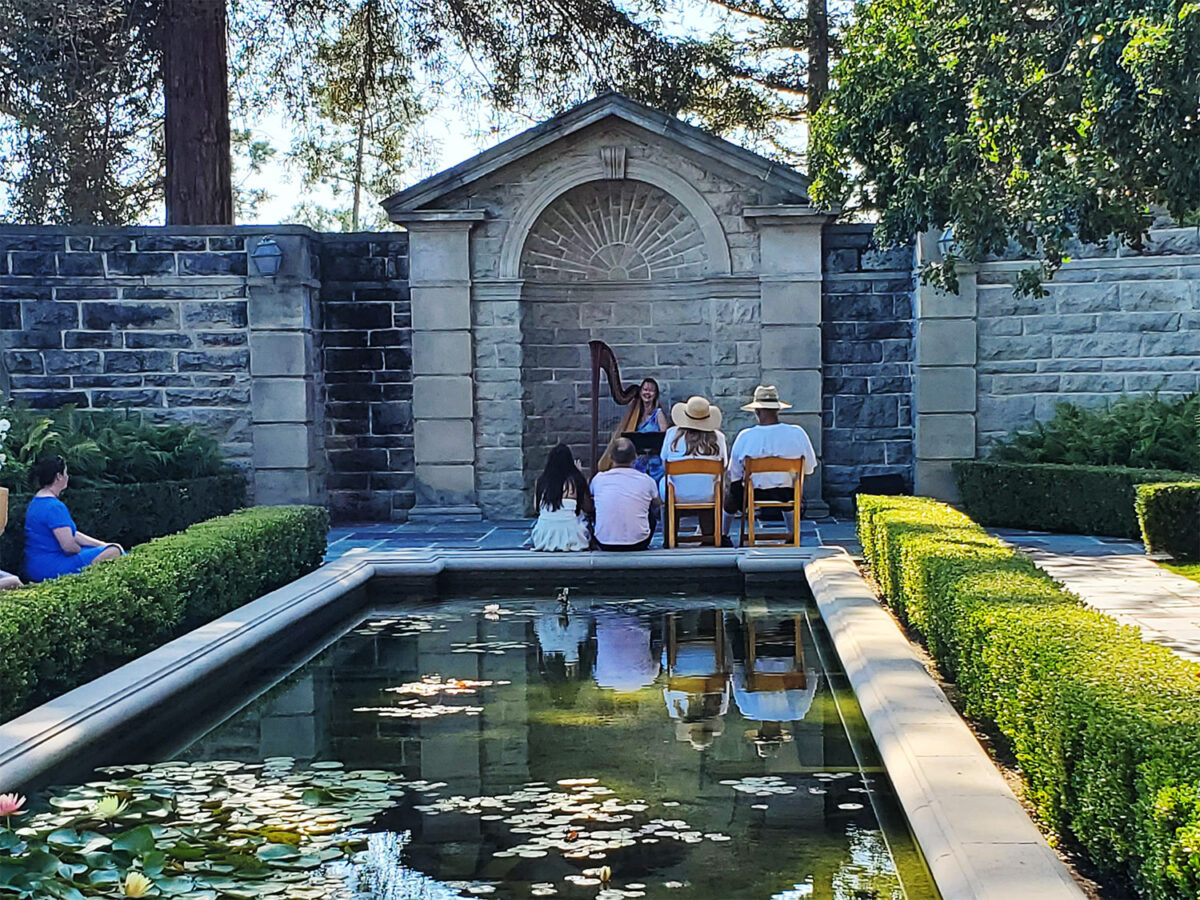In a marathon seven-hour meeting on April 12, the Beverly Hills City Council took up multiple hot-button topics, including the city’s eviction and rent increase moratoria and the historic status of a mansion on North Roxbury Drive.
The Council unanimously ratified changes to the city’s ordinance on residential tenant evictions and protections. The Council first adopted the measures at the beginning of the pandemic as sectors of the economy ground to a halt and renters worried about their future. The ordinance barred landlords from evicting tenants for nonpayment of rent, provided the tenants could prove that COVID-19 substantially impacted their ability to do so. It also prohibited no-fault evictions, except if the eviction was necessary for the health and safety of tenants, neighbors, or the landlord. Finally, the ordinance imposed a moratorium on annual rent increases for rent stabilized units.
Under the changes, the city’s bans on no-fault evictions and evictions for non-payment of rent by tenants impacted by the pandemic, along with its moratorium on annual rent increases, will end on May 31. Tenants with outstanding rent will now have until May 31, 2023 to repay their landlords.
Property owners will be allowed to increase rents in rent stabilized units once the moratoria end, with a maximum allowable rise of 3.1%.
The Council based this on the change in the Consumer Price Index (CPI) from 2019 to 2020, the first year that saw rents freeze. Given recent inflationary trends, the Council will consider on June 21 whether to allow a future rent increase based on the full change in the CPI index for this year.
“From my perspective, I really do believe that we’re trying very hard to balance this, to really balance the quality of life of our residents and quality of life for the landlords,” said Mayor Lili Bosse.
Beverly Hills sets itself apart from its neighbors with this move. The cities of Los Angeles, West Hollywood, Santa Monica, and Culver City still have in place moratoria on evictions and rent increases.
The Council will discuss plans for its $700,000 fund for rent subsidies, which the city will distribute to struggling landlords, at its April 26 meeting.
Then, the Council took up the matter of 1001 North Roxbury Drive and whether the Council should review its potential historic status. The at-times contentious hearing was continued from an earlier meeting on March 15, in which the Council heard two new pieces of evidence that might constitute the home as historic.
The 10,000-square-foot property was built in 1942 for Mildred Naylor by Beverly Hills master architect Carleton Burgess in the Regency Revival style. The property has called a parade of A-listers its neighbor over the years, including George and Ira Gershwin, Lucille Ball, Diane Keaton, and Madonna, but itself has never been owned by a “person of great importance,” according to a staff report.
In 2021, the new occupant of Roxbury, StubHub co-founder Eric Baker, who purchased the house for over $39 million in 2020, requested that the city issue a certificate of ineligibility, certifying that the home does not have historic value.
The certificate prevents the Cultural Heritage Commission or the City Council from designating a property as a landmark for seven years, giving homeowners a level of reassurance to move ahead with changes to the property that would be barred were it deemed historic.
Director of Community Development Ryan Gohlich granted Baker’s request in March 2022. Before that, Baker had to submit a report by a historic consultant showing that the property fails to satisfy the criteria for landmark status set out in the Historic Preservation Ordinance. That report then went through a peer review process by the city’s own historic consultant.
Based on the report and the city’s own review, Gohlich said that the house retains its original core features and feeling but found that it did not “satisfy the definition of an ‘exceptional work’ by the Master Architect… as it was not the subject of any publications or architectural awards discussing or honoring the property for its design and merit.”
The Historic Preservation Ordinance gives the City Council 30 days from Gohlich’s decision to review the matter. Councilmember John Mirisch did just that, and at a March 15 meeting, Cultural Heritage Commissioner Jill Collins presented the counsel with two magazine articles written about the property that she said called Gohlich’s ruling into question.
But after nearly a month to review the articles, which appeared in Luxe Interiors and Design and a Russian edition of Architectural Digest, city staff and the city’s historic consultant, Jan Ostashay, determined that they would not “have changed the original decision to issue the certificate of ineligibility,” Gohlich told the Council.
An accompanying staff report explains that the articles “pertain mainly to the interiors, interior design, and backyard improvements of the residence and do not substantively discuss or photographically depict the structure itself, its architecture, or the original designer of the building.”
George Mihlsten, a representative for the applicant, argued that the articles were insufficient to call the certificate into question.
“We extended this hearing four weeks ago for the purpose of this Council considering the two articles that were presented by the commissioners. Those two articles make it clear they do not meet the standards as established by the code,” he said.
Collins, who addressed the Council again at the April 12 meeting, did not contest the city’s finding that the articles did not meet the requirements of the ordinance.
Instead, she pointed to a social media post by columnist and historian Alison Martino about the fight over the property’s future. The Instagram post elicited an outpouring of support, with more than 550 comments and 3,700 “likes.”
“The change in architecture over the last 30 years is absolutely shocking,” read one comment by photographer John Russo. “Really unfortunate. I love that home, it’s truly iconic.”
Deliberations went beyond the question of 1001 Roxbury, with the Council pondering whether the Historic Preservation Ordinance needed an overhaul entirely.
Cultural Heritage Commission Chair Craig Corman, the author of the ordinance, said that he felt that staff was applying the ordinance far too strictly.
“The only reason we have the publication requirement in the definition of exceptional work is to allow us to have a certificate eligibility program. The Certificate of Eligibility program is designed to weed out the houses that absolutely no one cares about,” he said. To that end, he said that even brief references in guidebooks would be enough to fit the publication requirement.
Councilmember Lester Friedman said that his personal preference would be to protect the house, but that ran the risk of committing an injustice against the homeowner.
“In all fairness to the purchaser, they relied on this language, and I think that changing the plain language as it would affect this property may not be the right thing to do,” he said.
But by 2 a.m., the Council agreed that enough smoke existed to warrant investigating a possible fire, unanimously voting to call the issue up at a later date to review the certificate of ineligibility.
“I couldn’t live with myself, I couldn’t look in the mirror and feel good about myself if I didn’t give this more time to really look at this,” said Bosse.







